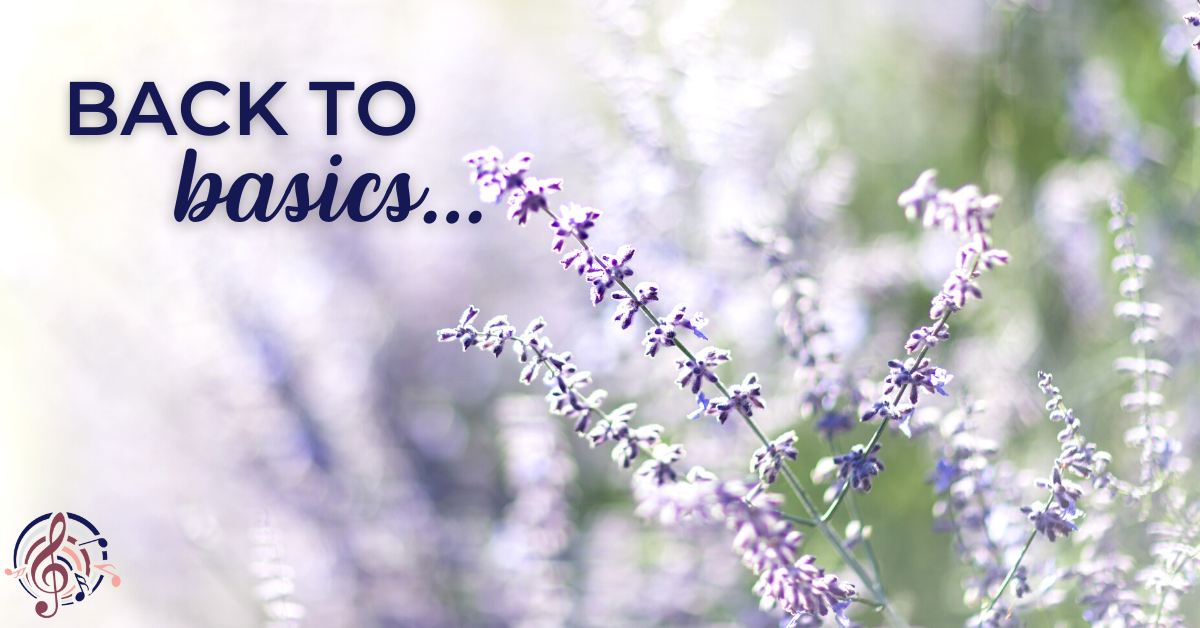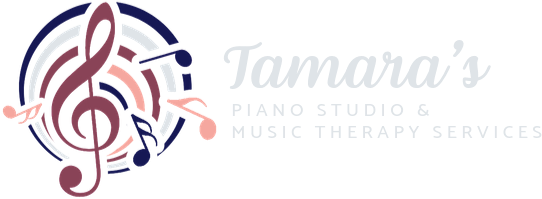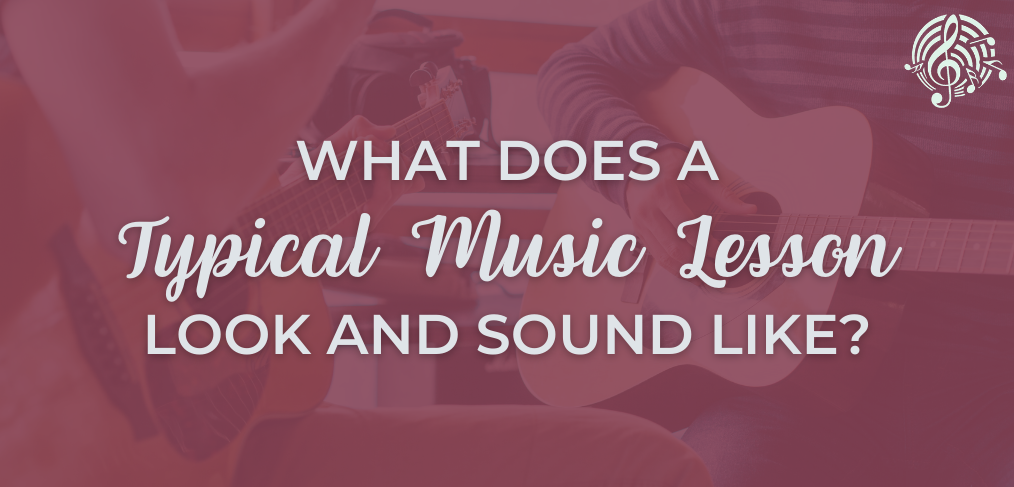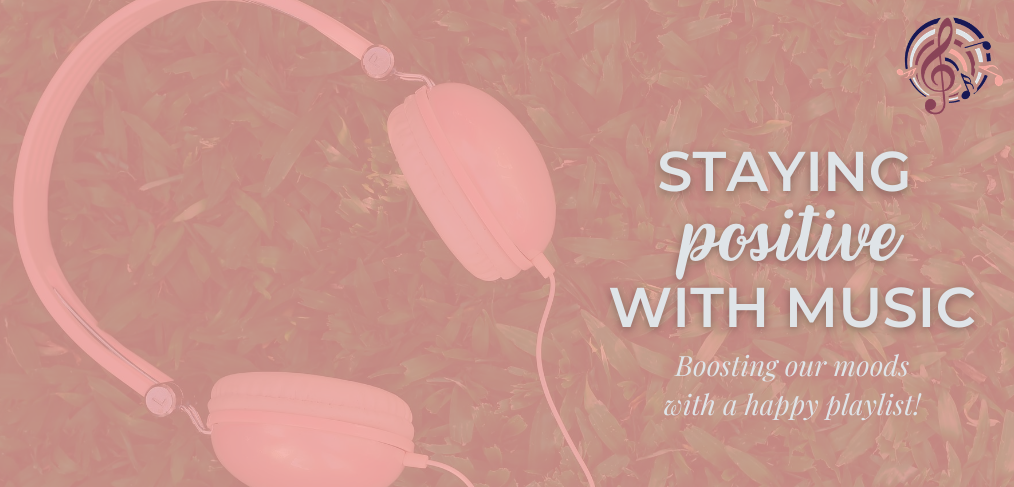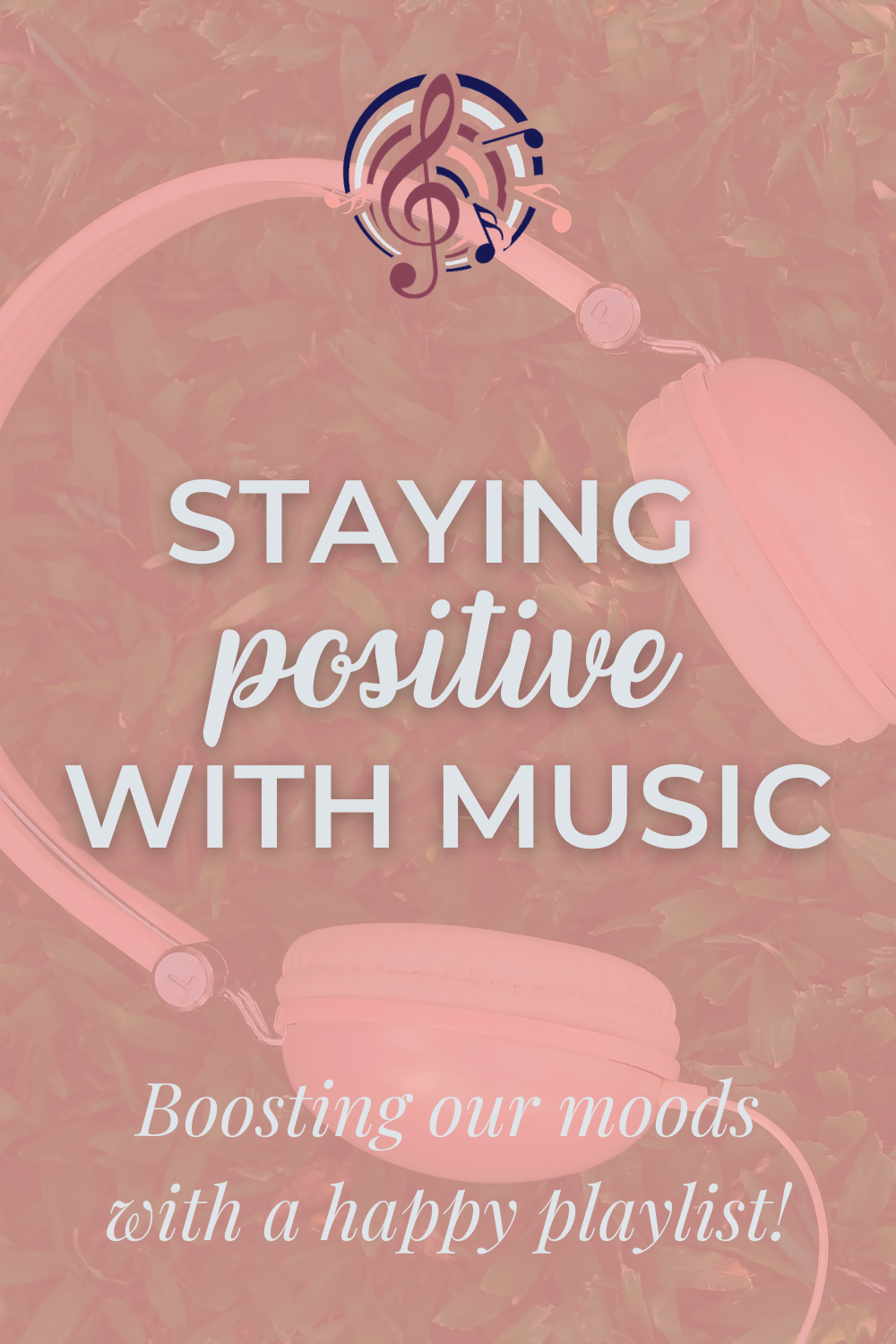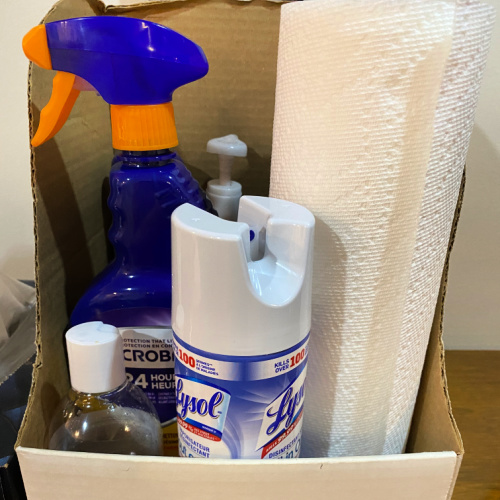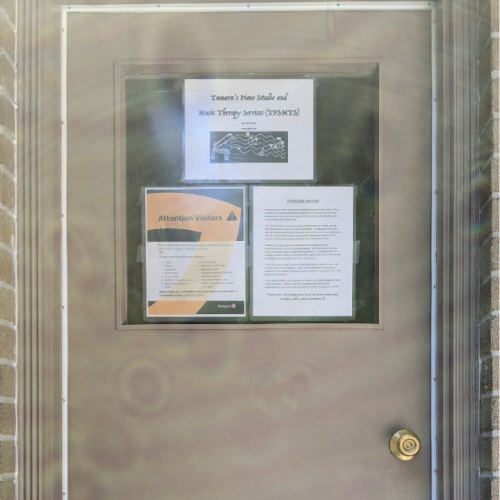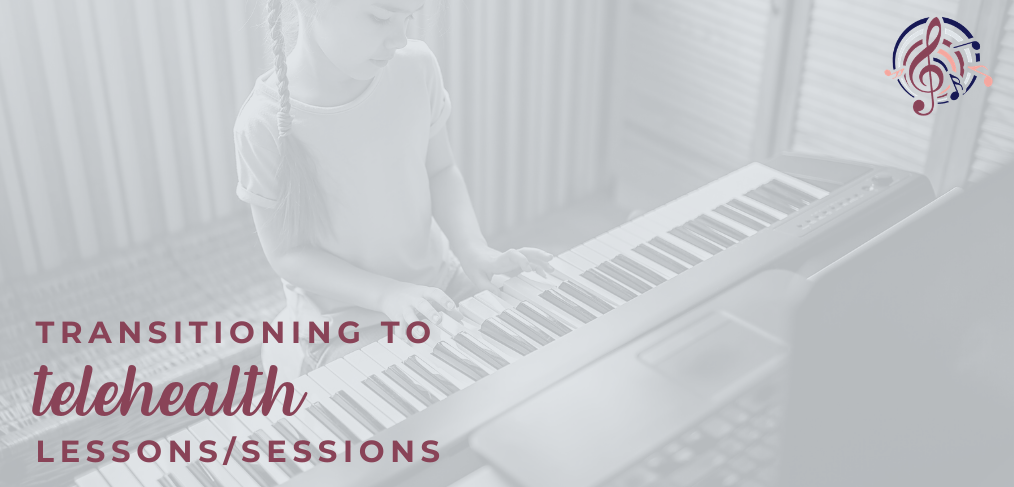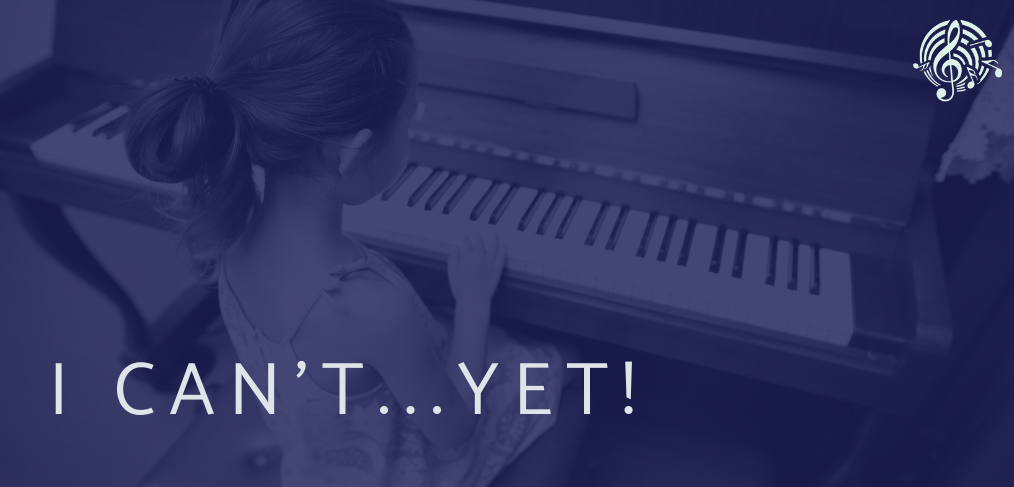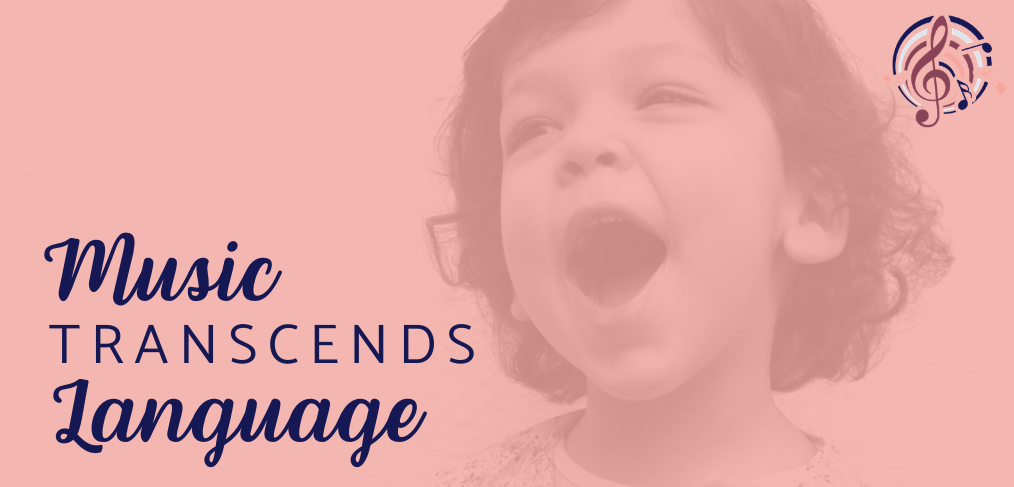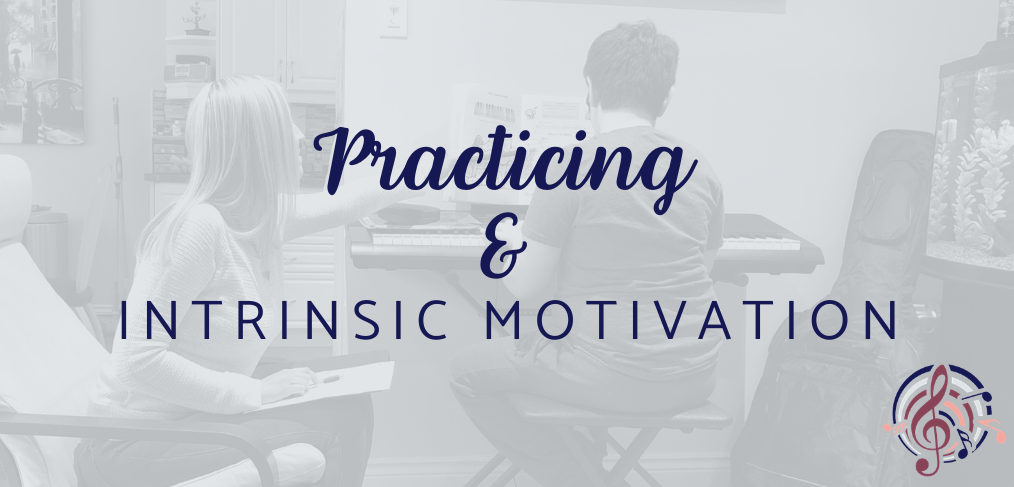Written by Tamara Leszner-Rovet
Ten self care questions to ask yourself
I’m not going to lie – these past few months have been tough. Some days have been really, really challenging.
I am beyond grateful that music therapists in Ontario have been deemed as essential healthcare workers by both our regulating college and the provincial government, which means that all lessons/sessions were able to continue throughout this school year as regularly scheduled. It really helped that I was able to see the majority of my students/clients in-person, which provided a sense of routine and normalcy in all our lives.
As restrictions begin to ease again, vaccinations are being rolled out at record speed, and case counts continue to drop rapidly, we are now starting to (finally!) see and feel a sense of normalcy.
If there is anything this pandemic has taught me, it is to not take our health for granted, and to really slow down and essentially get “back to basics” in all aspects of our lives.
Self-care has definitely been one aspect of my life that has fallen by the wayside in recent months, especially with feeling like we have been in “survival mode” since last March!
In order to practice what I preach and to hold myself accountable, I am sharing my daily “back to basics” self-care list. Hopefully this can be a good reference for you as well to use and adapt if necessary – there are many similar lists available if you do a quick Google search.
I find that referencing this list daily helps immensely with keeping myself in check and really being able to tune in (no pun intended!) to what I may need in a particular moment:
-
Have I taken a shower?
-
Have I kept myself hydrated?
-
Have I eaten regular meals and snacks?
-
Have I gotten adequate sleep/rest?
-
Have I moved my body?
-
Have I taken my necessary medication and supplements, kept up with my routine blood tests, and/or checked in with my specialists if needed? As I have an autoimmune condition, this is extremely important.
-
Have I done something kind for myself? For me, this continues to be a work in progress.
-
Have I done something kind for someone else?
-
Have I connected or checked in with my “people?” For me, this is my immediate family, extended family, colleagues, friends, and therapist. It is so nice that we can now begin to see people in-person rather than through a screen!
-
Have I made time for play or fun? For me, this continues to be a work in progress.
Of course, it’s not always possible to get through the entire list in one day. It is important to remember that there is no need to be perfect, and that some days will be better than others. Some days, just being able to put one foot in front of the other is an accomplishment in itself!
What is most important is that every day, we all strive to do our best with the resources we have, and are mindful of when we may need to “fill our tanks.”
I wish everyone a restful, healthy, and safe summer!
